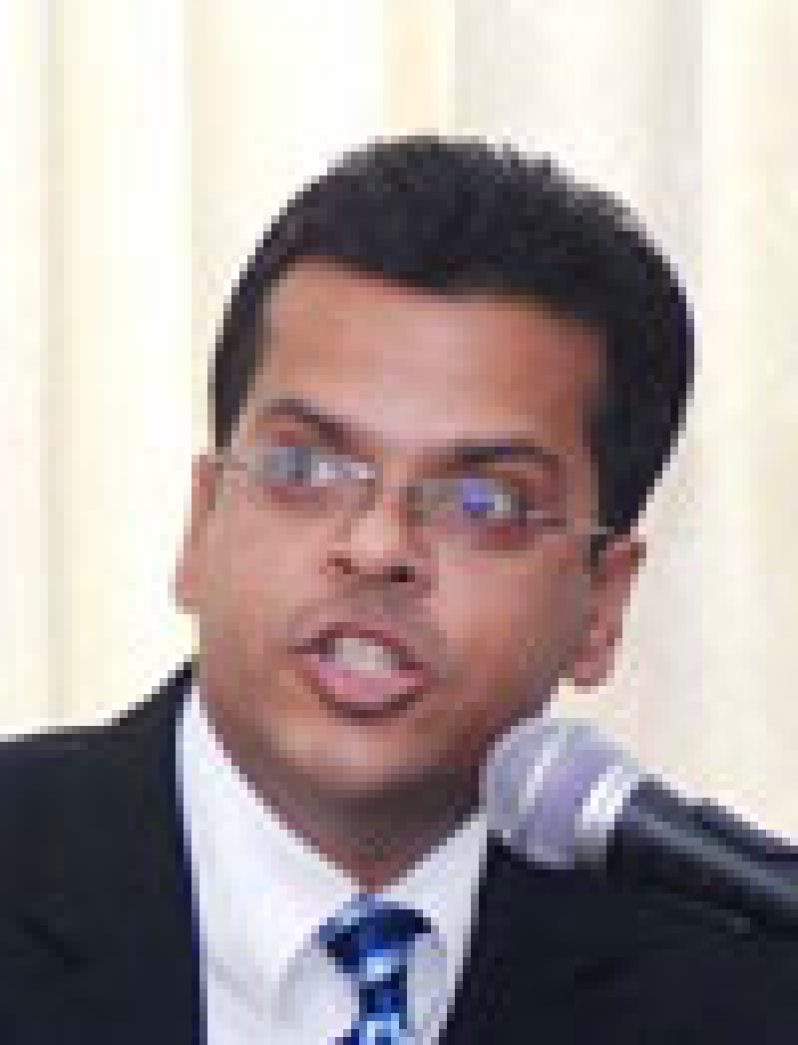HEAD of the Guyana Energy Agency (GEA) Dr. Mahender Sharma has confirmed that of the 34 persons recently polygraphed by the agency, 21 of those reflecting some 62 percent have failed.
 Sharma yesterday informed the Guyana Chronicle that while some of the staffers have since resigned, the remaining employment contracts have been or are in the process of being terminated.
Sharma yesterday informed the Guyana Chronicle that while some of the staffers have since resigned, the remaining employment contracts have been or are in the process of being terminated.
When the Chronicle contacted Dr. Sharma, he indicated that all questions be submitted via electronic mail which was done. However, he responded to only a few of the questions, with the promise that in due course he would provide this newspaper with the answers.
This publication had sought to find out: what prompted the decision to have the polygraph tests; how were the employees identified for the test; the current staffing strength of the agency; the ability of GEA to execute its mandate in the face of the lost staff and what plans are in place to have the workers replaced and in what timeframe, among other queries.
Sharma has instead indicated that “GEA continues to ensure the integrity of the system and by extension, the officers employed under the Fuel Marking Programme.”
He informed the Guyana Chronicle that the GEA undertakes continuous monitoring of activities, work ethic, conduct, successes, failures and subsequent investigations of reports of corrupt practices.
According to Sharma, polygraph tests “have been institutionalised as part of the drive to ensure system integrity.”
Meanwhile, A Partnership for National Unity (APNU) has since called for an independent investigation into the ordeal.
The 10-party coalition in the National Assembly, yesterday by way of a public missive, indicated that in many countries, polygraph evidence is inadmissible, because polygraphs have proven to be unreliable indicators of lying.
As such the party is adamant that the test must not be the only basis for terminating an employee.
The APNU says that given the fact that the tests had been undertaken several months ago calls into question whether or not the test was properly administered as well as the training of those administering the test and the calibration of the machines used.



.jpg)








